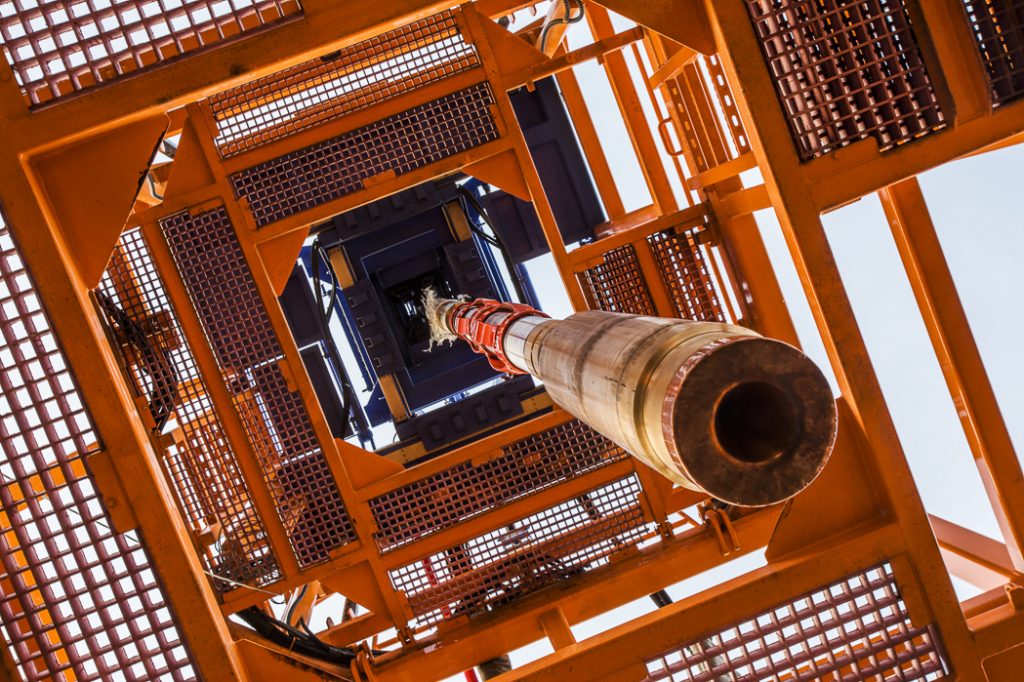Self-healing cement can help reduce failure rates of geothermal wellbores

A newly developed polymer-cement blend may be the answer to the long-standing problem of mechanical failure of geothermal wells
A chemist and his team in Brookhaven National Laboratory (BNL) have developed a polymer-blended cement with self-healing properties which has the potential of vastly reducing the failure rates of geothermal wellbores. The cement was especially formulated to retain its mechanical properties even in the high temperature and pressure of a geothermal environment.
The research was headed by Carlos Fernandez of Pacific Northwest National Laboratory (PNNL) in collaboration with Simerjeet Gill and was funded by the Department of Energy’s Geothermal Technologies Office.
According to the published research, the addition of the polymer to the cement enhances its elasticity by 60 to 70 percent. This makes it more resistant to fractures and allows for larger deformations before undergoing failure. The performance of the polymer-cement compounds has been predicted through computation modeling by Vanda Glezakou of PNNL.
Self-healing cement has the potential to address some of the most pertinent issues with wellbores not just for geothermal, but also for oil and gas. Cracks in wellbores result in decreased productivity, requiring expensive workovers, not to mention the environmental effects of contamination of well fluids into aquifers and surface waters.
The team is hoping that the self-healing cement can contribute towards the growth of the geothermal energy industry. In the future, it could also be used to reduce mechanical failure in nuclear waste facilities and hydropower dams.
Source: Technology